Setting the World Ablaze —— Washington, Adams, Jefferson, and the American Revolution
----- 设置世界大火:华盛顿,亚当斯,杰斐逊和美国革命
Setting the World Ablaze: Washington, Adams, Jefferson, and the American Revolution. By John Ferling. (New York: Oxford University Press, 2000. Pp. xxiv, 392. Illustrations, maps. $30.00.) American revolutionary-era historians have long paired Founding Fathers, producing studies of Jefferson and Madison, Adams and Jefferson, Madison and Hamilton, Washington and Madison, and so on. In Setting the World Ablaze, however, John Ferling presents not a dynamic duo, but a great triumvirate: Washington, Adams, and Jefferson. But this volume is more than the story of a great collaboration; it is a comparative biography of all three men through the close of the Revolutionary War. Ferling is eminently qualified to write such a study, having already authored authoritative, fullscale biographies of both Washington and Adams. In addition to comparing the careers of Washington, Adams, and Jefferson, Setting the World Ablaze offers us perhaps the best brief, scholarly, up-to-date biographies of these three founders currently available. Intense ambition for fame and a desire to achieve maximum personal and national autonomy and opportunity, Ferling contends, drove all three men to support American independence from Great Britain. Ferling devotes slightly more than one third of his study to Washington (38 percent, or 107 pages), one third to Adams (34 percent, or 98 pages), and slightly less than one third to Jefferson (28 percent, or 80 pages). The larger allotment of space to Washington and the smaller portion assigned to Jefferson, it seems, is indicative of the relative contributions of these three Founders. Ferling gives Washington low marks as a strategic thinker and tactical field commander. Washington failed to reconnoiter adequately (Long Island and Brandywine), drew overly complicated battle plans (Germantown), and missed tremendous opportunities in battle (Monmouth). The commander in chief often misjudged campaign objectives, for example by his desire to besiege British general Henry Clinton's army in New York instead of targeting the much more vulnerable Earl of Cornwallis in the South. Politically and administratively, however, Washington wins praise for his ability to read and understand the American public, his careful use of power, his unflinching respect for civilian authority, his personal bravery under fire, and, most important, for what Ferling terms his "wartime leadership" (244): the ability to make difficult decisions and take risks. Although by the mid-1770s a fiery advocate of independence, John Adams, according to Ferling, showed initial reluctance to hazard his hardearned legal career to join the patriot cause. Once Adams signed on, however, he quickly rose to the forefront thanks to his frank manner and his tireless work habits. Ferling believes that ideology and hunger for recognition drove Adams to accept public service far from home, even when his extended absences caused conflict with his wife and neglect of his family. Adams's stressful duties took a tremendous toll on his own health, resulting in outbreaks of what appears to have been a genetic thyroid disease known as thyrotoxicosis. Ferling argues that, like Washington, Adams possessed tremendous wartime leadership ability, best exemplified by his willingness to gamble his diplomatic career to impel French Minister Compte de Vergennes to commit more military resources to the American conflict. Washington's and Adams's strengths-leadership skill and adherence to patriotic duty-were, Ferling maintains, Thomas Jefferson's weaknesses. â¦
{{comment.content}}


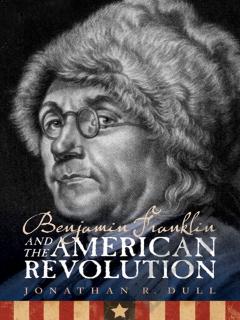
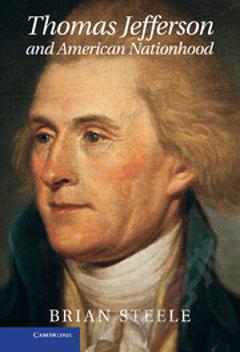
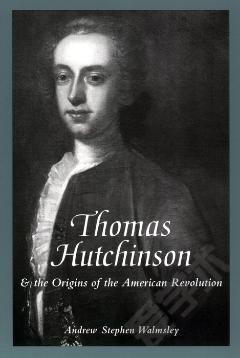
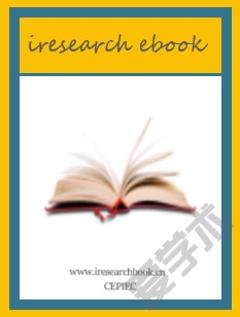
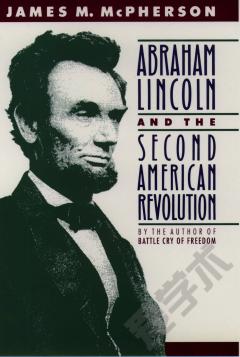

 京公网安备 11010802027623号
京公网安备 11010802027623号